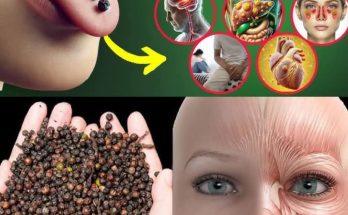Exposed veins are not innately a significant health risk, but they can develop into more serious problems down the road. Untreated varicose veins can become dangerous because the blood that pools due to faulty valves can produce blood clots. This, in turn, can limit blood flow to the heart and overall circulation. Other potential health risks include:
Ulcers
Skin changes
Swollen limbs
Swollen limbs
More severe complications include venous reflex and deep vein thrombosis (DVT). Venous reflux can produce significant circulatory problems, while DVT can produce serious clots that result in pulmonary embolism or travel to the heart and cause heart attacks or even death.
Sometimes, varicose veins are the first sign of chronic venous disease, usually characterized by brawny skin discoloration, typically on the ankles and calves. Pooling blood leaks into the tissue of the lower leg and ankle, resulting in darkening and hardening of the skin and possibly causing skin ulcers that are difficult to heal.
PREVENTING VARICOSE VEINS
Although varicose veins are primarily inherited, you may be able to delay the onset and progression of this condition. Preventative measures include:
Maintaining a healthy weight
Regular exercise to strengthen calf muscles
Elevating the feet while sitting
Wearing compression stockings or support hose
Avoiding clothing that constricts your waist, groin, or legs, not wearing shoes with high heels, or crossing your legs while sitting may also help avoid developing varicose veins.


